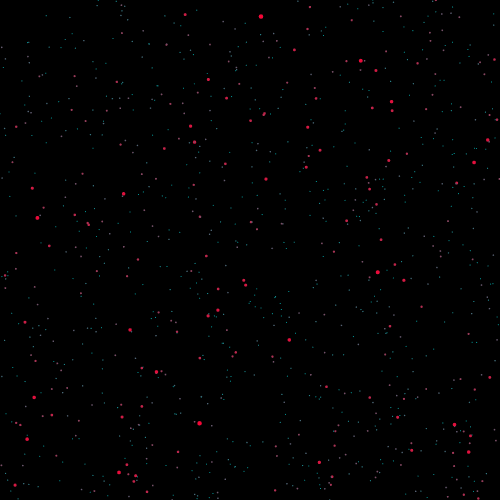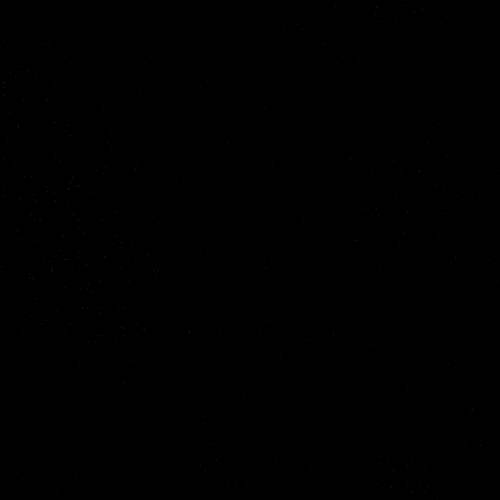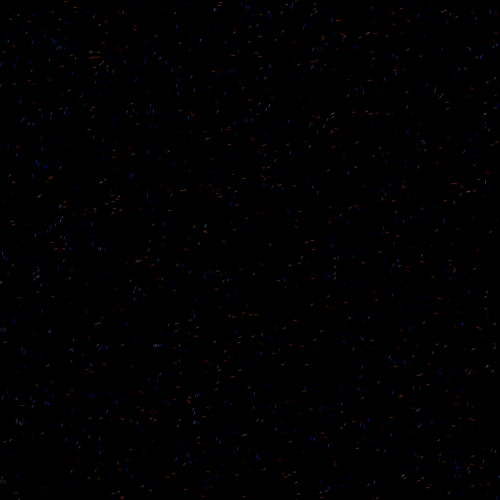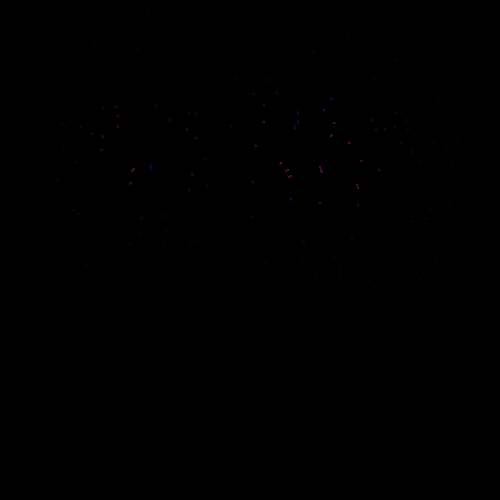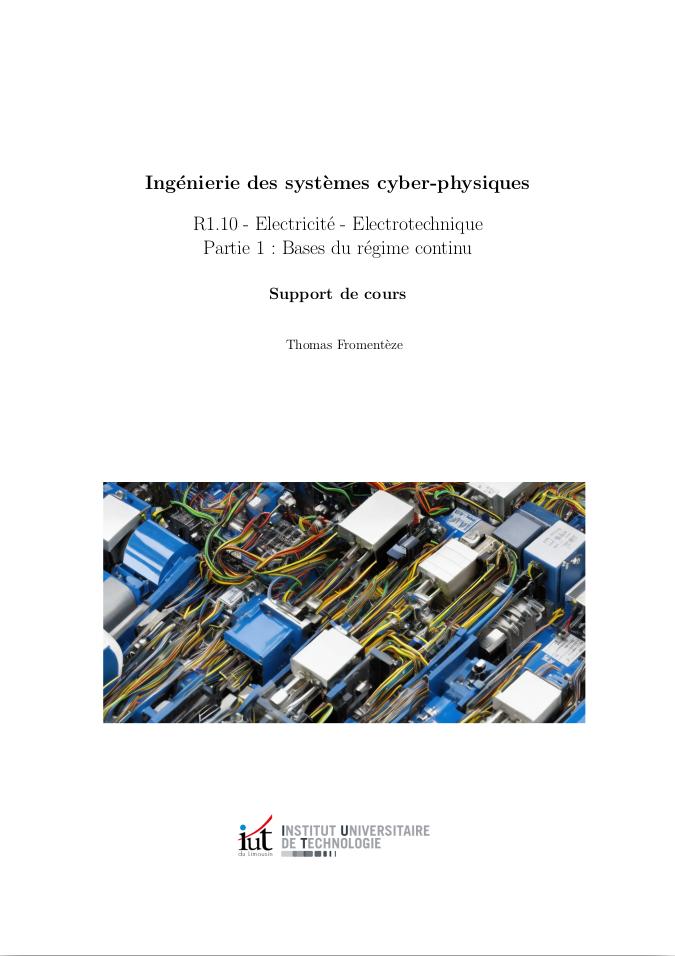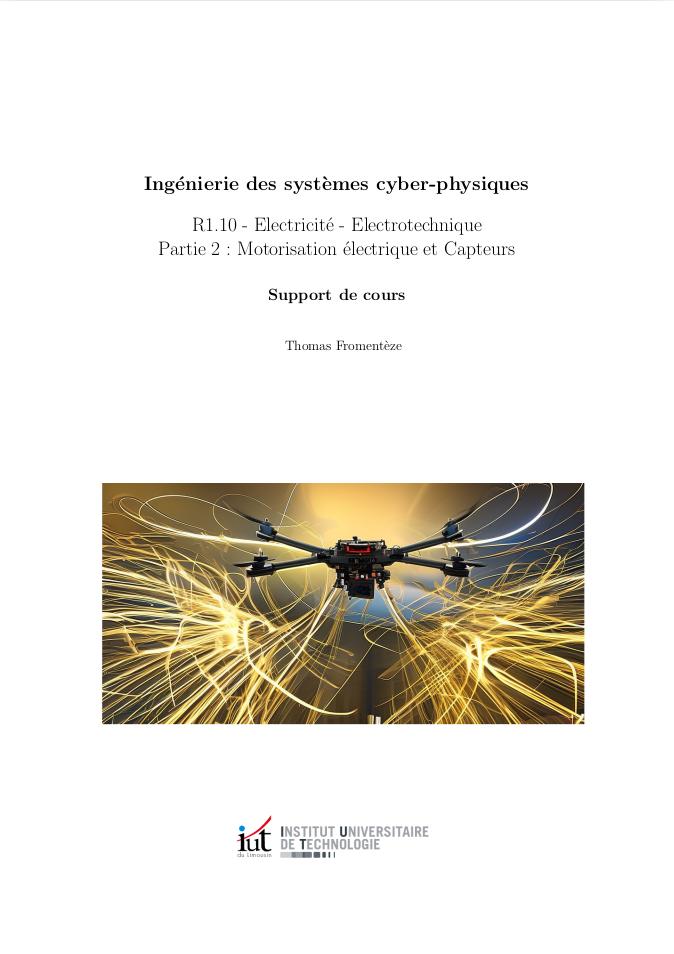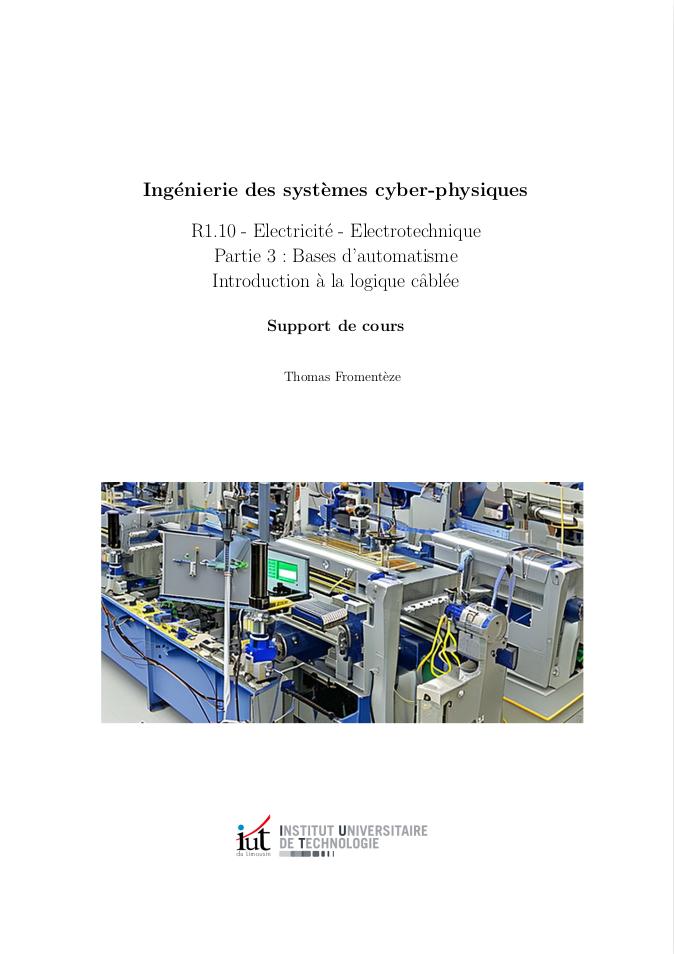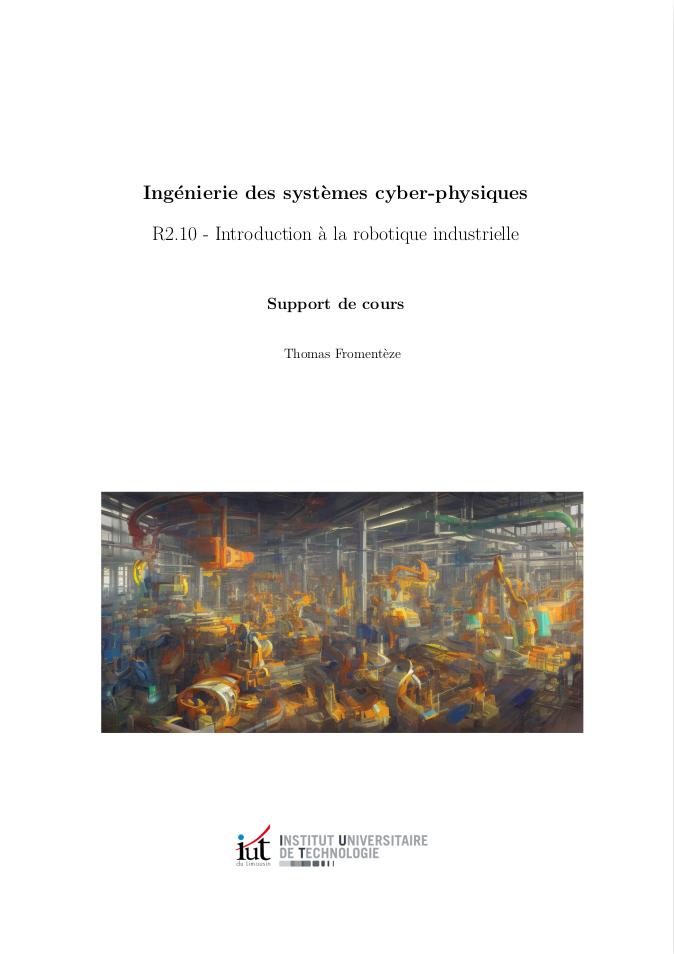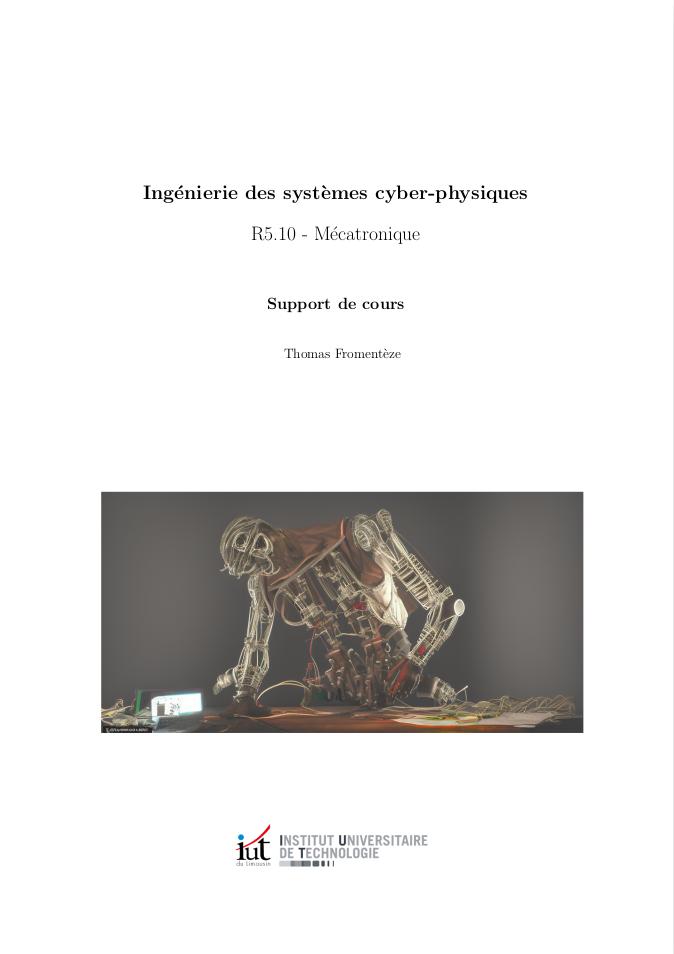Research - Xlim Research Institute
I work at Xlim Research Institute in the Antennas and Signals team on computational radar imaging applications in the microwave, millimeter and opto-microwave domains.
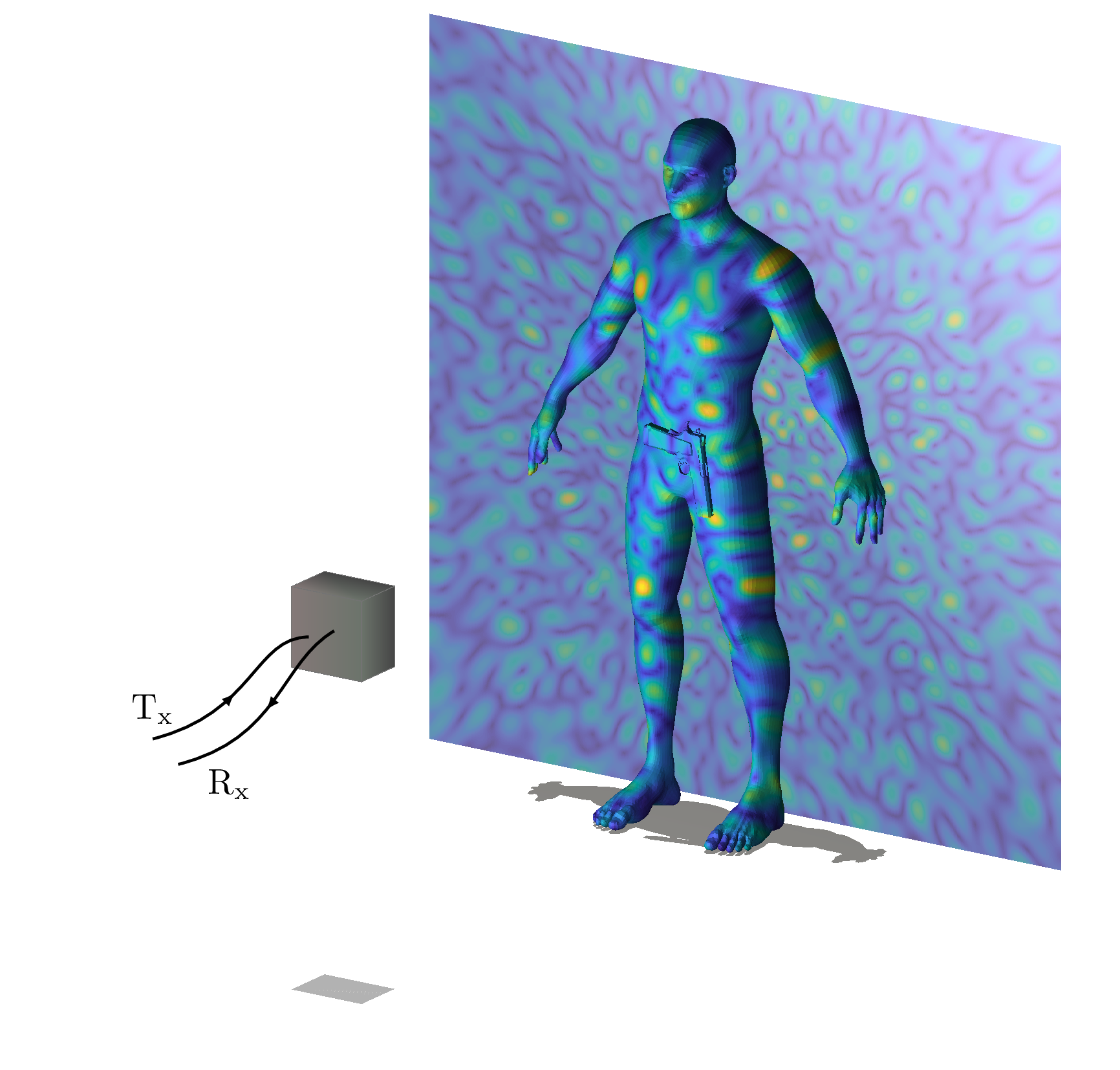
I am an adjunct assistant professor at the Center for Metamaterials and Integrated Plasmonics, at Duke University.
My research is conducted in collaboration with researchers in the framework of past and ongoing projects (non-exhaustive list):
- Okan Yurduseven (Senior Lecturer at Queen's University Belfast, Northen Ireland) ,
- Cyril Decroze (Head of the Antennas and Signals team, Xlim Research Institute) ,
- Chi-Hou Chan (Head of the State Key Laboratory of Millimeter Waves, City University of Hong-Kong)
- David R. Smith (Director of the Center for Metamaterials and Integrated Plasmonics, Duke University)
- Alexander Yarovoy (Chair of the Microwave Sensing, Signals and Systems (MS3) group, TU Delft)
- Takuya Sakamoto (Professor at Kyoto University )
- Mohammadreza Imani (Assistant Professor at Arizona State University )
- Matthieu Davy (Associate Professor) and Philipp del Hougne (CNRS Researcher) (at IETR )
Teaching - University of Limoges
I teach at the Mechanical Engineering Department of the University of Limoges Institute of Technology. My courses focus on the introduction to electrical engineering, electronics, automation, and programming for undergraduate students.
Miscellaneous
Special Issue "Modern Advances in Electromagnetic Imaging and Remote Sensing: Enabling Hardware, Computational Techniques, and Machine Learning"
You can find information about a special issue for which I am the guest editor at MDPI Remote Sensing here:
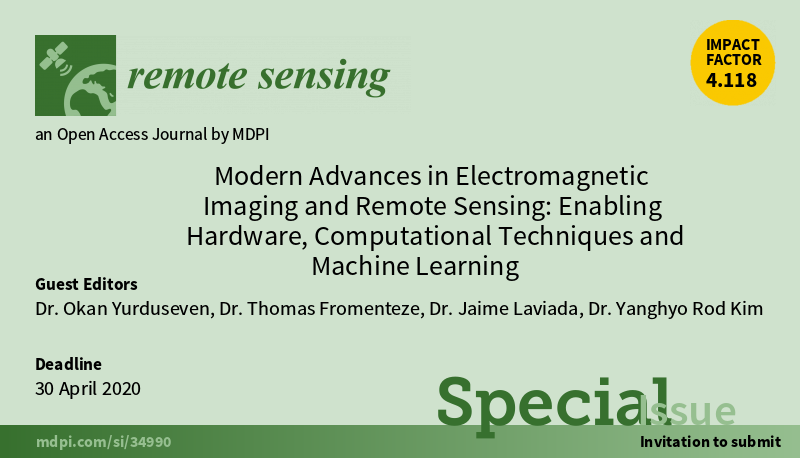
EuMW EURAD Short Course 2019
We are organizing with
Okan Yurduseven a 4h short course on computational imaging as part of the
International Conference European Microwave Week
2019:
Modern Advances in Computational Imaging at Microwave and Millimeter-Wave Frequencies
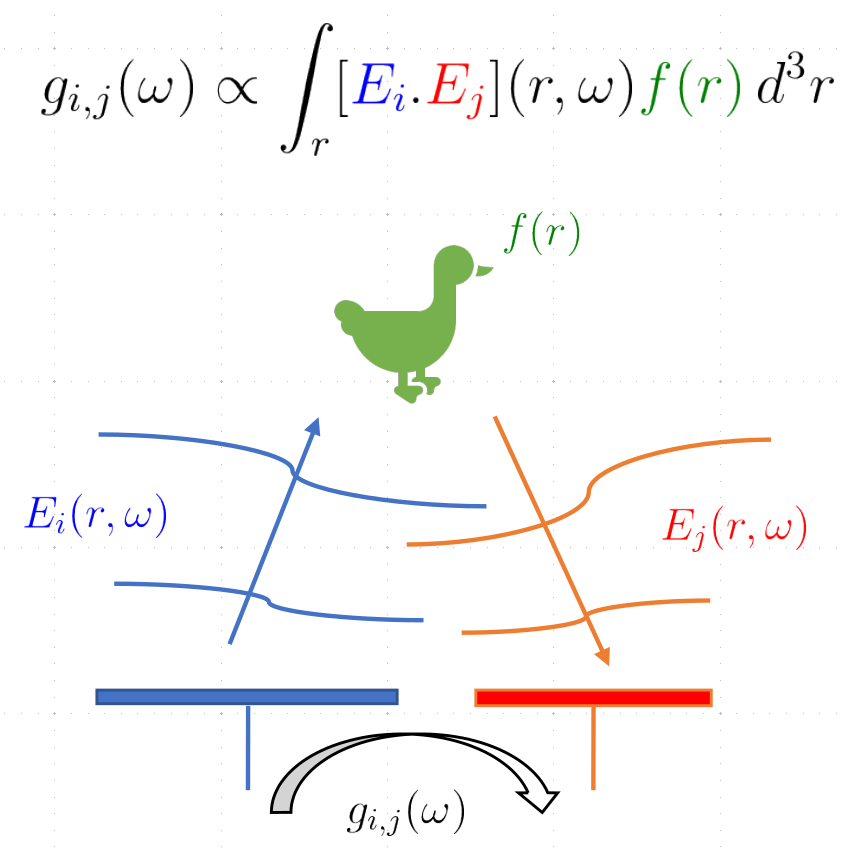
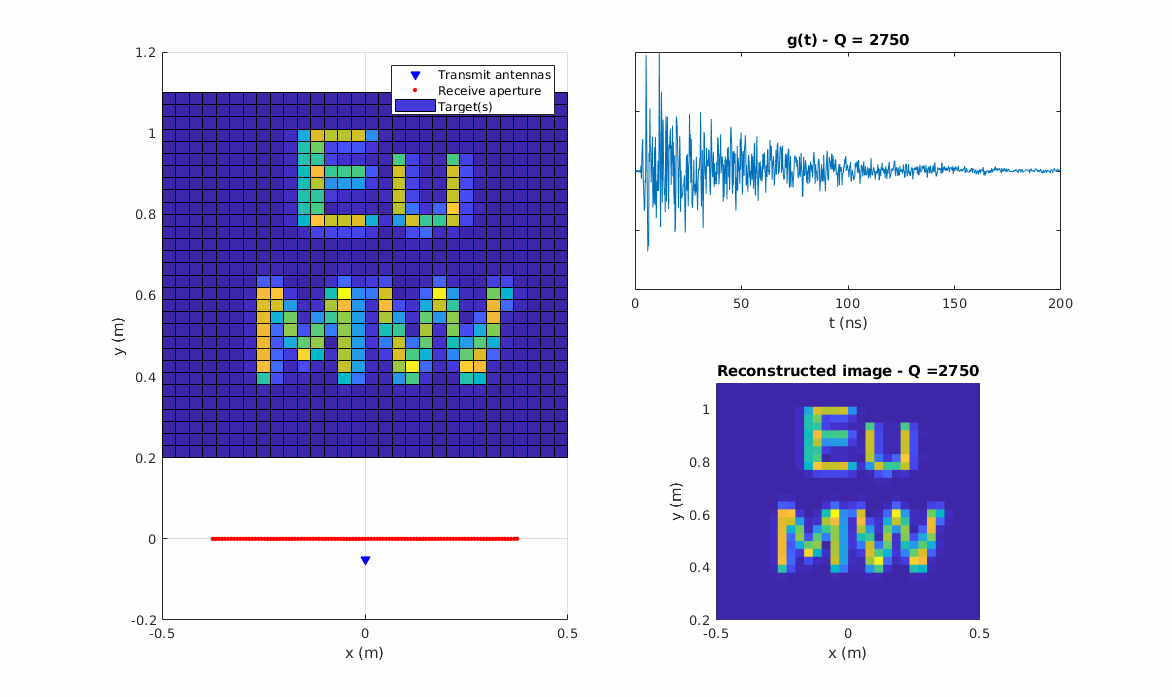
Course materials are available here:
1. General Introduction to Microwave and Millimeterwave Computational Imaging; Formalisms, Systems and Image Reconstruction
- Powerpoint2. New advances in computational imaging: Polarimetric imaging, phaseless imaging, and recent advances in antenna systems and k-space reconstruction techniques
- Powerpoint
Matlab codes to reproduce a fraction of the illustrative examples
- Conventional 2D SIMO imaging- Computational 2D SIMO imaging
- Fourier 2D SIMO imaging
p5.js
I had fun learning to code javascript (p5.js) and processing animations thanks to Daniel Shiffman's excellent tutorials. These projects are mainly based on the representation of particles moving in vector fields defined using Perlin noise.
You can click on the following images and animations to run the corresponding script in your browser. Some of them simulate several hundred particules so they can be quite computationnaly intensive and may take a few seconds to run. Being based on random generations, each execution sould lead to different results.
Publications
Search bar :
-
,
, , In , , , .
Teaching
Contact
If you have any questions or requests for information, please do not hesitate to contact me:
- E-mail :
- Address : CIRE - Bât 2 · 12 rue Gémini · 87068 LIMOGES CEDEX 03
